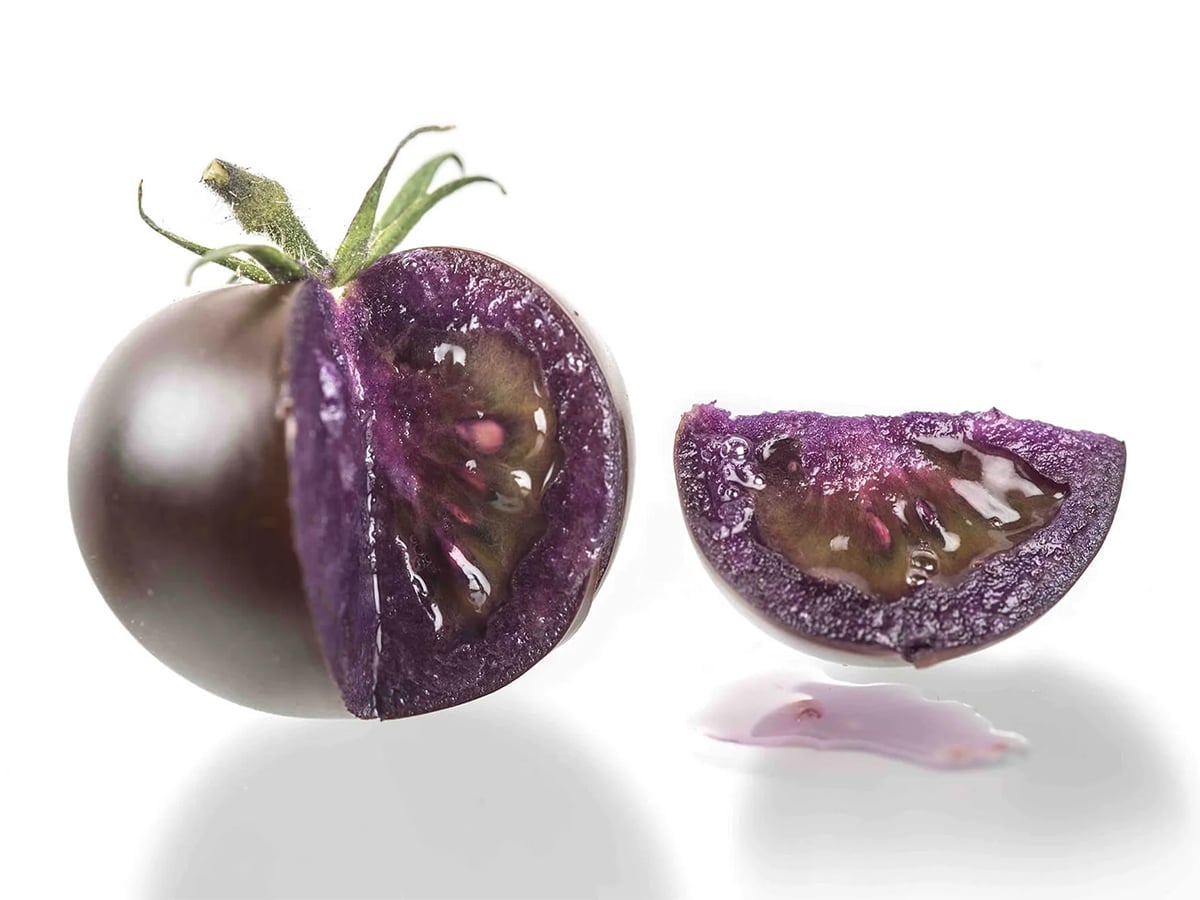Reuters — Australian farmers are holding back wheat crop sales as dryness in parts of the country’s eastern grain belt cuts yields, raising the likelihood for a boost to global prices that have dropped 13 per cent this year.
Farmers in the world’s fourth biggest wheat exporter have sold only about a quarter of this year’s crop even as the harvest gathers pace with analysts pegging sales at 50 per cent of output by December-end versus about 70 percent last year.
The hoarding amid worries about yields could force key importers of Australian wheat such as Indonesia, Japan and South Korea to seek supplies from the U.S. and Canada.
Read Also

Selling GMO tomato seeds to Canadian gardeners ‘reckless’ say advocates
Selling genetically-modified purple tomato seeds to home gardeners could raise the risk of contamination of organic vegetable varieties and hamper farmers’ ability to save their own seed, say a group of advocates.
“There is a lot of uncertainty on how big the crop will be,” said Ole Houe, analyst at Sydney-based brokerage IKON Commodities. “Victoria is the biggest challenge because it is so dry out there and even in New South Wales there is talk about lower yields.”
Analysts have cut crop estimates to around 22-23 million tonnes, five to nine per cent below the official forecast for 24.23 million tonnes. A clearer picture will emerge after the harvest.
The U.S. Department of Agriculture has reduced its estimate for Australia’s crop to 24 million tonnes in its report on Monday from 25 million tonnes estimated in October. The country produced 27.013 million tonnes last year.
Parts of Queensland, New South Wales, Victoria and South Australia have seen dry weather which will not only reduce yields of this crop but also raise fears about next year’s planting which starts in April.
“Given how dry it has been, perhaps farmers will become reluctant sellers for a longer period as sometimes they tend to hold grains as a hedge against drought,” a Melbourne-based analyst said. “Forecasters have reduced the chances of El Nino but try telling that to farmers in north western Victoria which hasn’t seen much rain for the last three months.”
Last week, the U.S. weather forecaster reduced its outlook for the likelihood of El Nino developing during the Northern Hemisphere winter to 58 percent.
Asian buyers have yet to shift wheat buying to other origins as demand is weak because of slowing economic growth.
“Buyers are still looking at Australian wheat as it is cheaper, but if fears of drought continue to block shipments, they will have not much choice but to seek wheat from other origins,” a Singapore-based trader said.
— Naveen Thukral reports on ag commodity markets for Reuters from Singapore.















